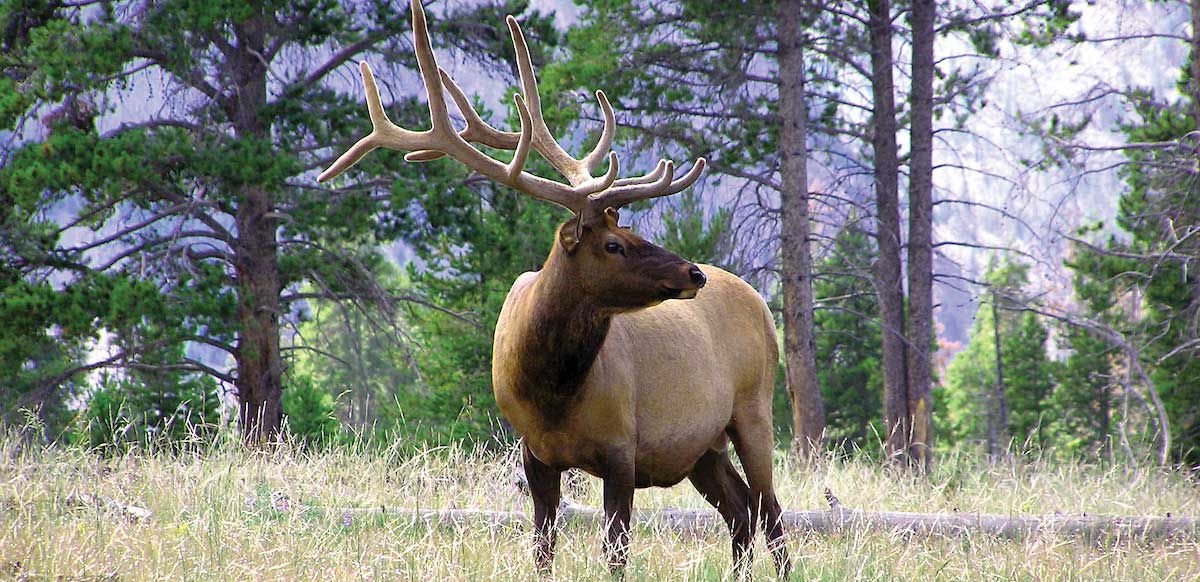To understand points, first understand tags. To manage their elk herds, state game departments break elk country up into units. Some units are managed for quantity, providing over-the-counter-tags (OTC) for plenty of hunters. Others are managed for quality, where managers limit the number of tags and hunters in a unit—hence the limited-entry tag. These units are managed for big mature bulls. For these tags, there will typically be one or two ways you can draw them, and it all boils down to points.
Preference vs. Bonus
Every year you don’t draw a tag you receive a consolation prize (in most states)—the reward being a point. The point system falls into two categories: preference points and bonus points. Each state has a unique approach in their distribution of them, but here are some of the basics.
The preference point system works as a natural hierarchy—the applicant with the most points gets the tag. This type of system caters to the person who has put in the longest and worked their way up the ladder. Let’s say you put in for a unit with five points and your buddy puts in with four points. You, and everyone else with five points, automatically will draw the tag before your buddy. Once everyone with five points has drawn, the system moves down and chooses from those with four points, continuing this track until all of the tags are gone.
This might seem unfair to young or new hunters, but preference points provide degrees of certainty and predictability that the bonus system does not.
Bonus points, on the other hand, work just like raffle tickets—the more points you have, the higher your probability of winning. If you put in for a unit with five bonus points, your name goes in the hat six times (one for the current year and five for all your points). Every year you are unsuccessful, your bonus point is added to your cumulative total. Under this system, you still have a chance of drawing a low-probability tag with zero points, an impossible prospect under the preference point system.
If you apply in multiple states, keep in mind that each state applies its own twist to the game. For example, while bonus points are typically added from year to year, states like Montana and Nevada square their points. This means that if you have put in for four years and received a bonus point every year, you have 16 total points.
In other states like Arizona, you can apply for a bonus point without putting in for the actual tag, which is handy if you drew a mountain goat tag in Wyoming and didn’t want to spend time scouting elk down south.
Regardless if the points are bonus or preference, once you draw a tag, your points go back to zero. For each species you put in for you are eligible to get one point per year.Strategies
With any game you need a strategy. It’s always smart to check your drawing odds and previous year’s harvest statistics before putting in.
When applying, you’ll be allowed multiple unit choices for each species, and the system allows you to prioritize these options. For your first choice, it’s a good idea to go for the long shot and put in for areas with low probability; if you don’t draw you still get your bonus point. For your second and third choices you may want to act more conservatively—look for areas in low demand that, in turn, give you better odds in total. Just be sure you don’t burn your points for choices you don’t really want.
It’s a whirlwind of a lottery system, but it could land you the chance of a lifetime. Check your state’s details and mark your calendars—deadlines are closer than you think.
